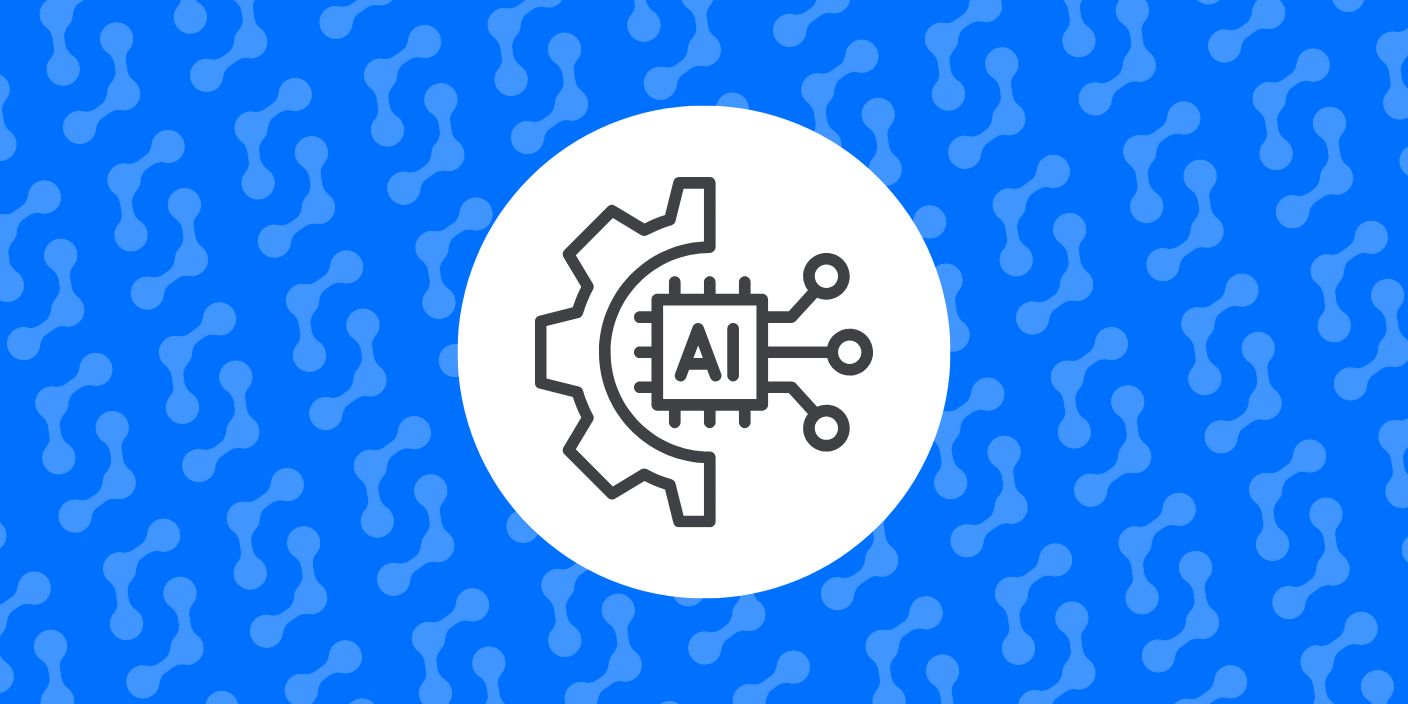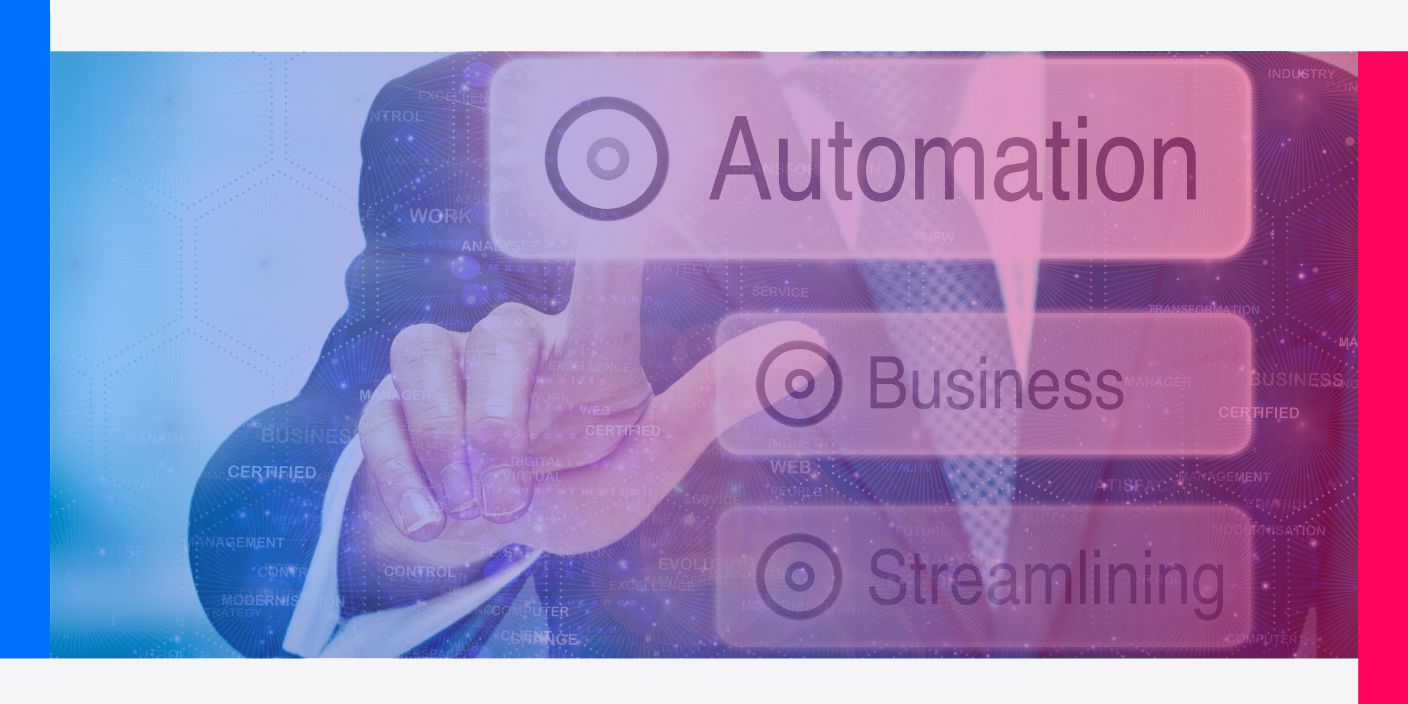
What is pricing automation?
01/29/2025 - Artificial Intelligence
Pricing automation is a pricing method that uses advanced technology. It considers variables like demand, operational costs, or consumer preferences to set and adjust prices to maximize profits while meeting customer expectations.
Automated pricing systems allow companies to calculate the optimal sales price much more accurately than by hand, and automatically adapt their pricing strategies to different market segments.
To achieve this, it is crucial to use advanced AI price automation tools, like Reactev’s Price Management Software, the first dynamic pricing solution designed by, and for, retailers. Let’s take a look at how pricing automation with AI works.
How does pricing automation work?
As mentioned above, pricing automation uses advanced algorithms and technologies like AI to manage pricing automatically.
This process starts with exhaustive data collection concerning market segments, inventories, acquisition costs and competitor prices extracted from different databases.
Once compiled, the algorithms process all the inputs to identify patterns, determine the right price for each item, and then adjust prices dynamically according to market fluctuations.
Advantages of pricing automation
The main advantages of pricing automation for retailers are:
- More efficient pricing process: Automated pricing tools allow companies to process huge volumes of data quickly, and adjust prices efficiently, without an intensive manual revision process. This allows them to release resources and redirect them to other critical business areas.
- Greater pricing accuracy: By using up-to-date data, automation guarantees that prices reflect the latest market conditions and associated costs, minimizing errors that could occur if the process were carried out by hand.
- Significant time savings: Pricing automation eliminates the need to resort to repetitive and laborious tasks, freeing personnel to dedicate their efforts to other tasks.
- Maximize profits by optimizing prices: The ability to adjust prices in response to market variables like consumer demand, competitor actions, or cost fluctuations along the supply chain allows companies to maintain a competitive advantage and increase their profit margins.
- Adapt to customer behaviours: Pricing automation tools can track buying trends and adjust prices at different times of the year or for special events, allowing retailers to respond more effectively to market needs and customer expectations.

How to implement pricing automation in retail
Follow these crucial steps to ensure that pricing automation helps increase your eCommerce profits:
1. Define your pricing strategy
How you set prices in your retail business is key to determining the right strategy. Examples of effective pricing strategies include:
- Competitor-based Pricing: This involves analysing and adjusting your prices based on your competitors’ prices.
- Penetration Pricing: Low prices are set initially to gain a wide client base quickly and increase market share. Once the client base is established, prices increase.
- Prestige Pricing: This strategy sets high prices for high-quality items or products targeted at an audience with higher spending power.
2. Identify your main competitors in each sales category
Analyzing the behaviour of your competitors in each sales category will help ensure you always offer your products at a competitive price. Thanks to advanced pricing tools, this is easier than ever before.
3. Use dynamic pricing rules
The most advanced pricing automation tools allow you to implement dynamic pricing strategies that automatically adjust the RRP based on real-time market conditions.
Reactev’s Price Management Software is a great example. It allows businesses to save time analysing the market and setting prices manually and improve pricing accuracy, resulting in increased margins and greater competitiveness.
Category: Artificial Intelligence
